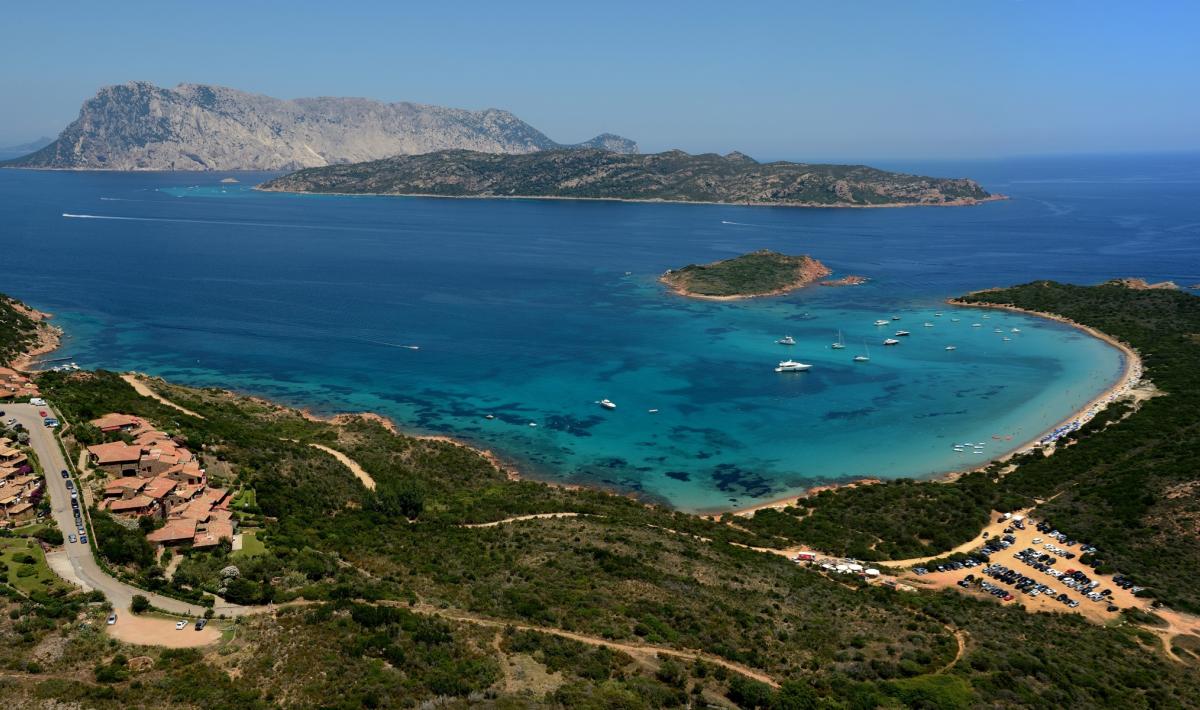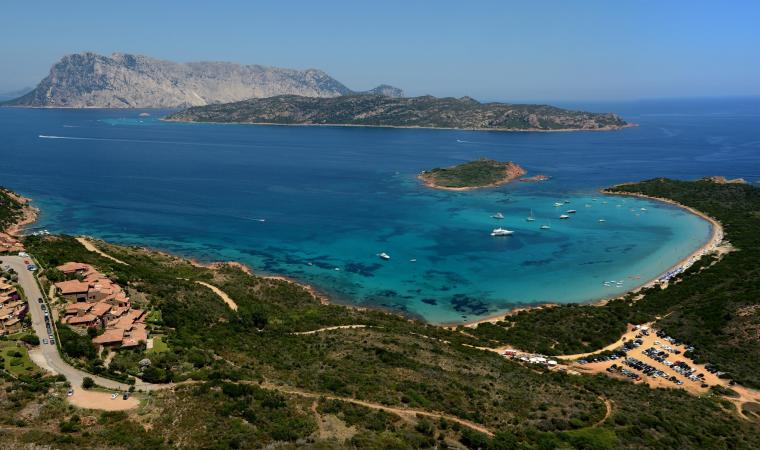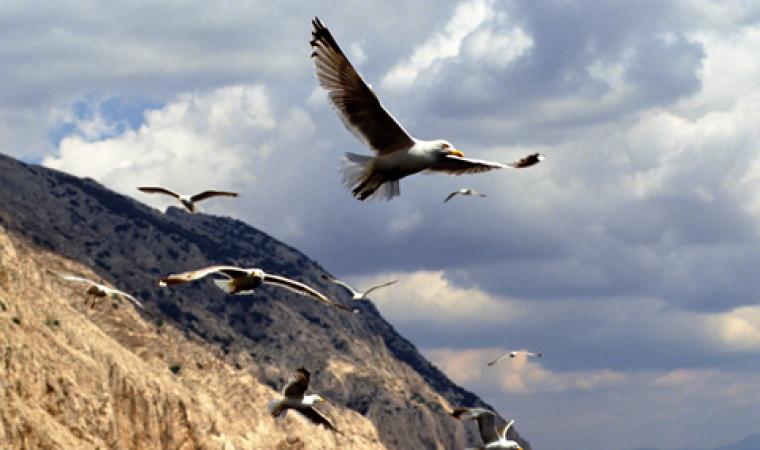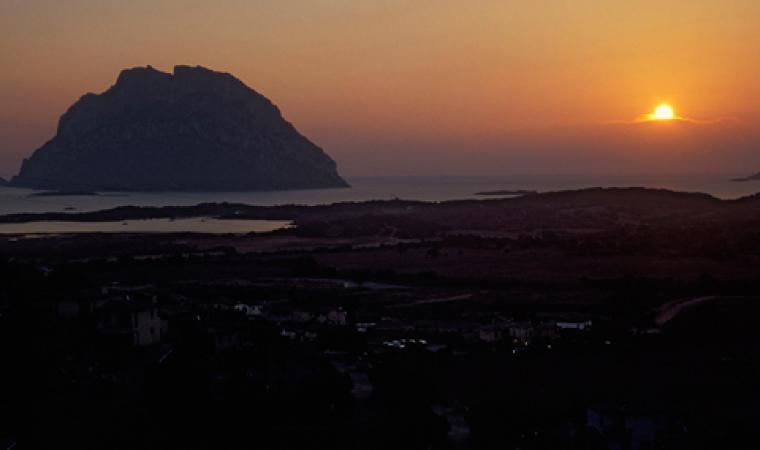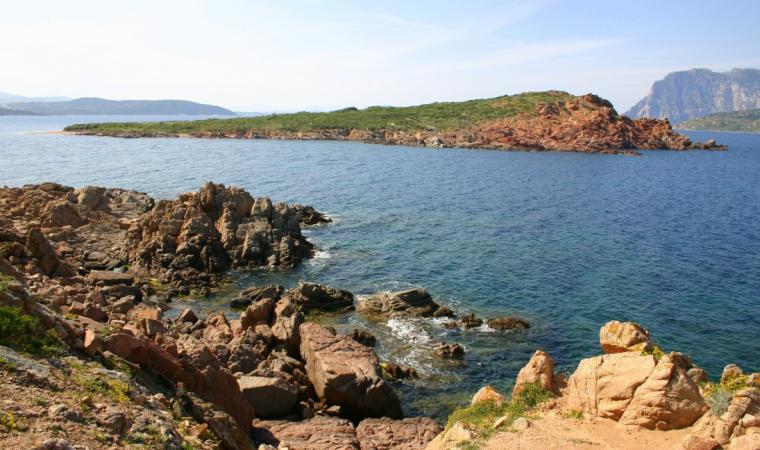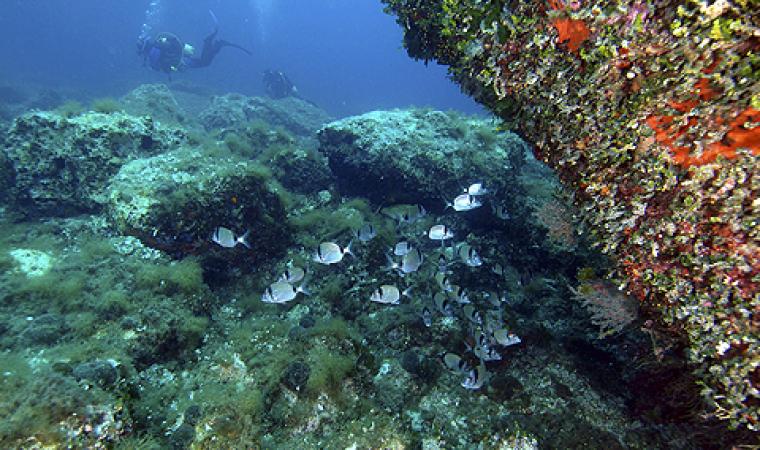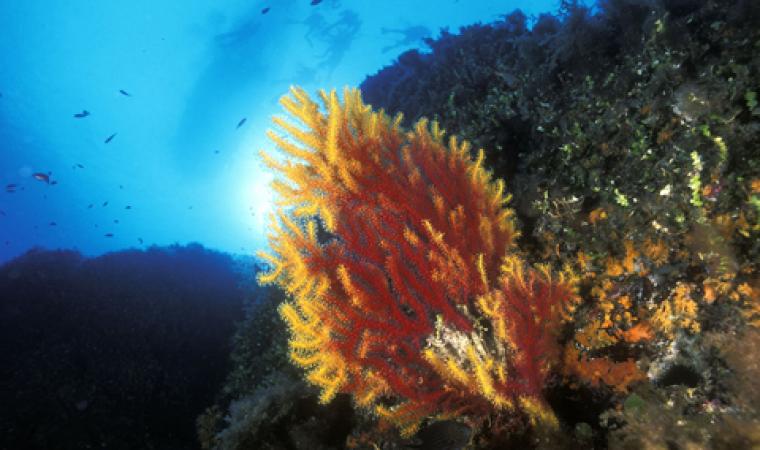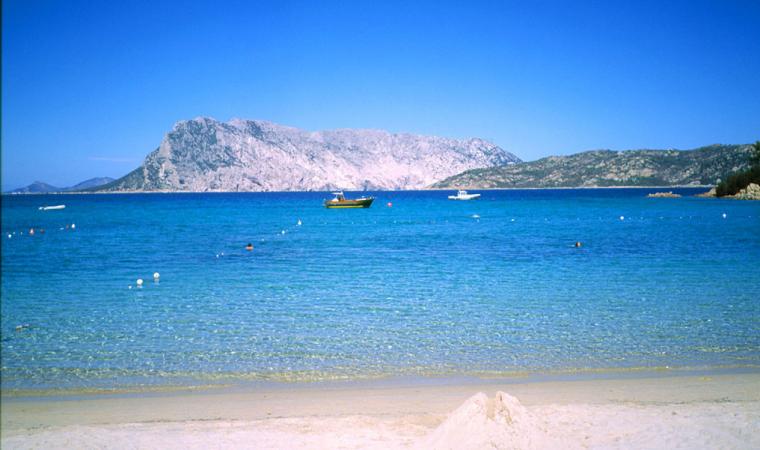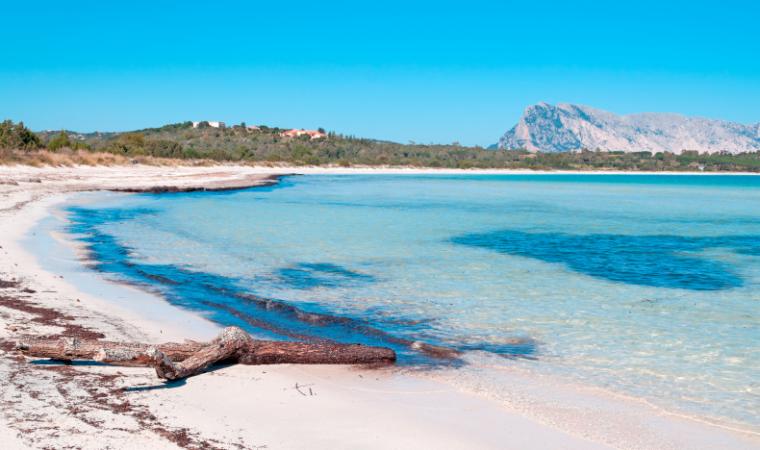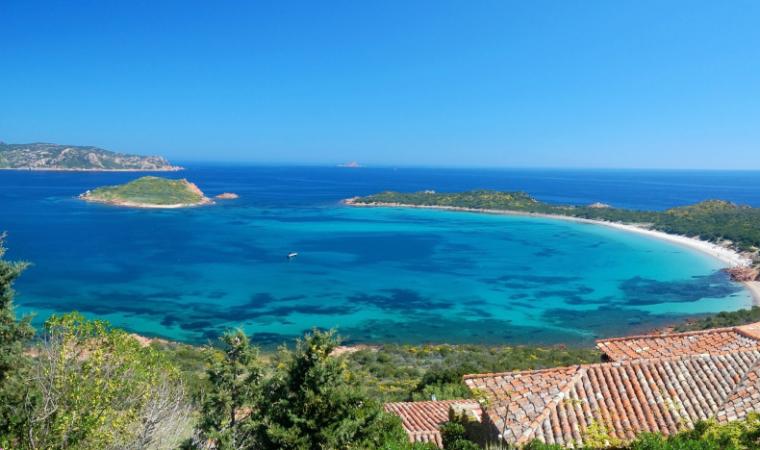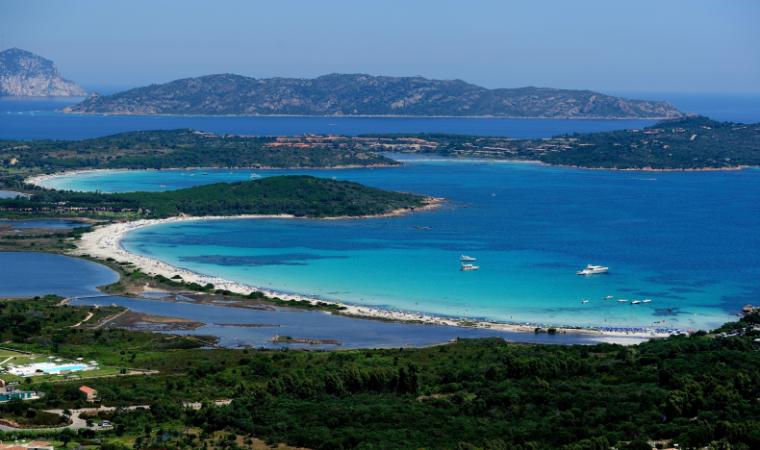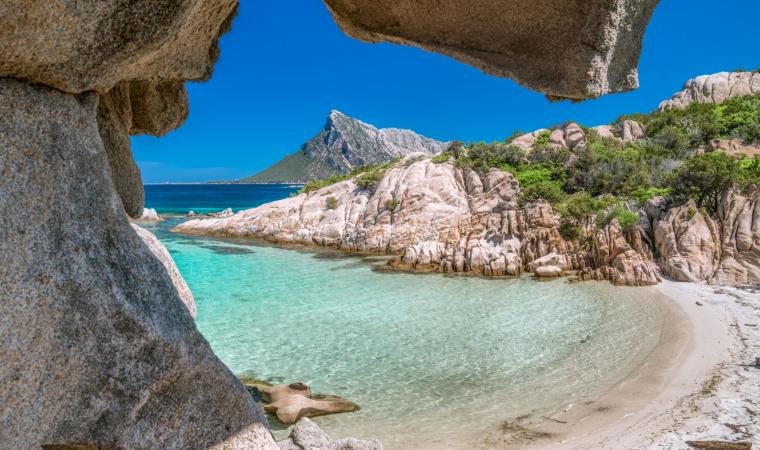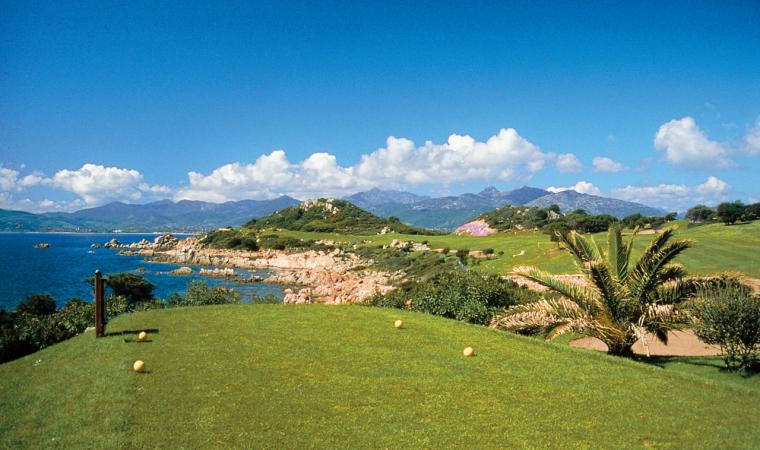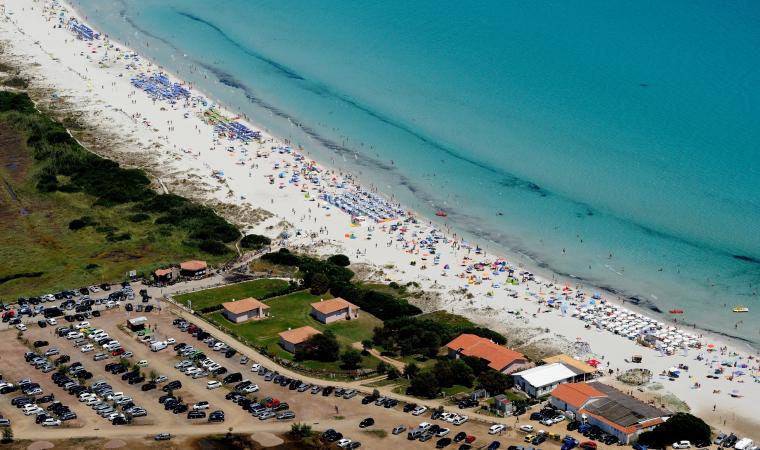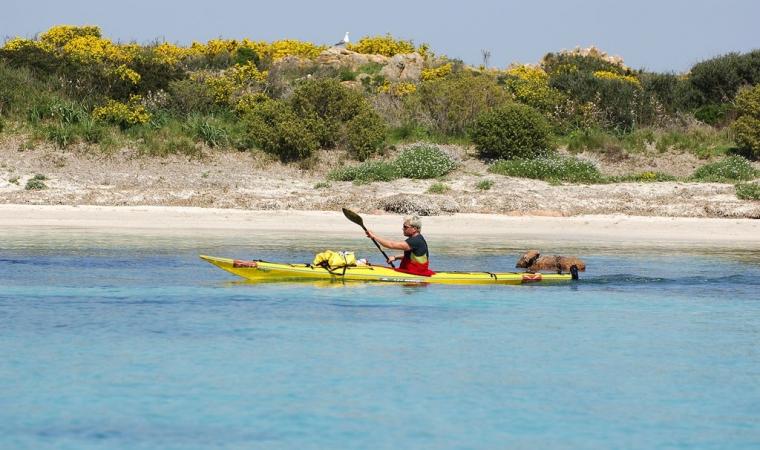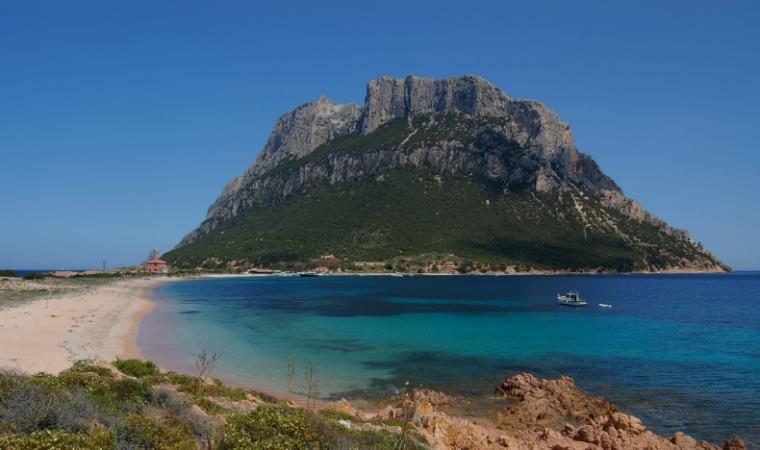One of the symbols of Sardinia. Capo Coda Cavallo is a strip of granitic land that extends into a stretch of sea sheltered by the impressive mass of Tavolara, with the smooth rocks of Molara and the picturesque islet of Proratora, which together form a protected area covering 15,000 hectares of crystal clear water, coves and inlets, from Capo Ceraso to Punta s'Isuledda, where the southernmost of the splendid San Teodoro beaches lies.
It looks like one of the most suggestive coastal landscapes of the Mediterranean: white, sandy beaches, islets, lagunas and infinite shades of colour. However windy it is, you'll find the sea calm here. And underwater, there is a whole new world to discover.
The Tavolara-Capo Coda Cavallo marine area is ideal for diving, with tried and tested itineraries, crevasses and caves, habitats rich in biodiversity and populated by shoals of confident fish that, among the red starfish and yellow gorgonians, offer an unforgettable spectacle, such as at TedjaLiscia and in the Secca del Papa shallows, southeast of Tavolara at Punta Arresto, in the island of Molara and on the sea bed around the Molarotto rock. The peninsula is characterised by sandy inlets covered in strongly scented Mediterranean brush: arbutus, junipers, mastic, myrtle and tamarisks. The beach at Coda Cavallo has a particular shape, from which the promontory takes its name: the sea here is so sheltered that is seems like a calm, limpid laguna.
Some of the most famous beaches of San Teodoro (and the whole of eastern Sardinia) are only a few kilometres from here:Salinedda Bay, with sand and red rocks, sheltered by Ruja island, Cala Brandinchi, with its dunes of fine, white sand and crystalline sea bed, and its "twin" Lu Impostu, a curve of white sand and clear water that arches over nearly a kilometre. Then there is the delightful Cala Suaraccia (or the butterfly beach), the fascinating shapes of the rocks at the coves of CalaGhjlgolu, which you can reach from paths through ancient junipers, and the most famous, La Cinta, with its three kilometres of find sand dunes, that end to the north with the splendid promontory of Puntaldìa. Behind the dunes is the Laguna di San Teodoro, a stopover point for pink flamingos during migratory periods and home to black-winged stilts, an ideal place for a walk and some birdwatching.

